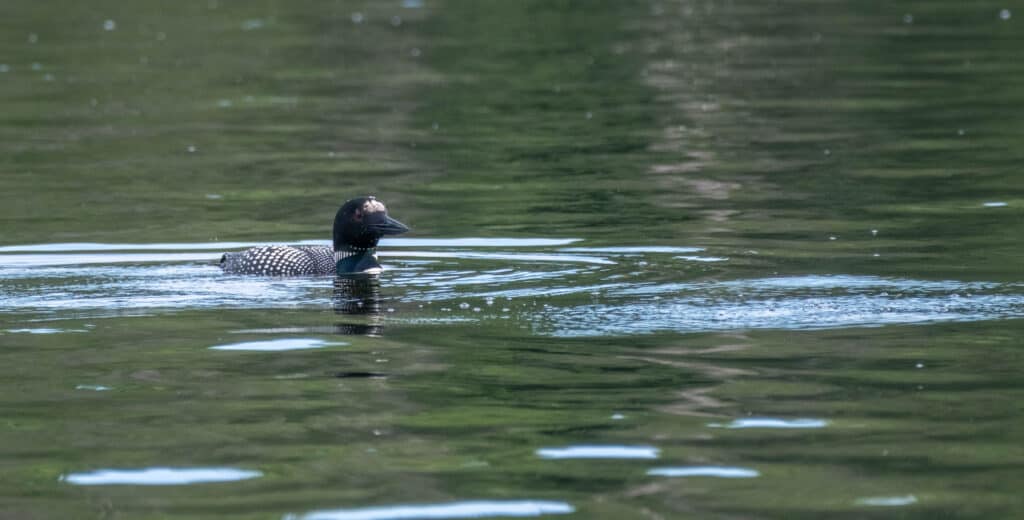We’re wondering what has happened to the pair of Baltimore orioles and hummingbirds that we were providing food for and have suddenly disappeared. Both bird species arrived at our home on the lake in Bridgenorth on or about May 15 as usual. Since then we have kept sugar water in a hummingbird feeder and clementine orange halves hanging for them to drink and feed on. They both have drunk from the hummingbird feeder several times daily and the orioles have “eaten” 2 oranges a day. Just after the smoke became evident in early June the hummingbird disappeared and the orioles have not fed been seen since June 29. We were wondering if they have just moved because of the air quality? Concerned Chemong Lake residents
NOTE: If anyone else has noticed the same thing, please email me at dmonkman1@cogeco.ca
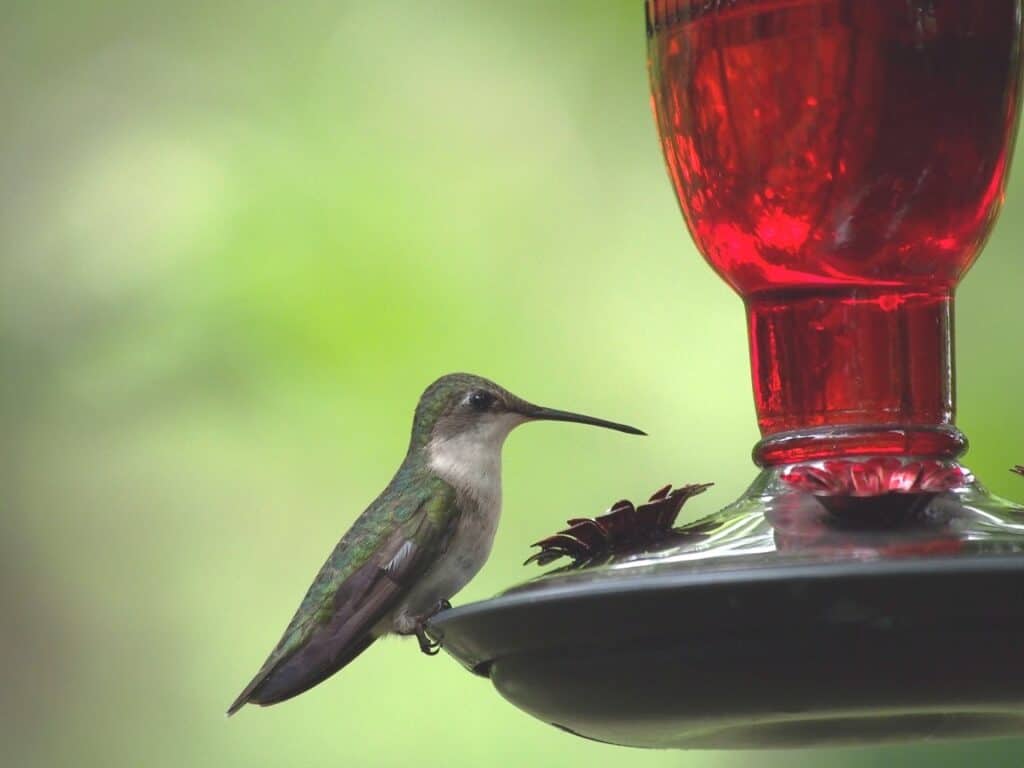
We have a pair of Great Crested Flycatchers in a nesting in a box on our laundry line post. Lots of feeding going on by both male and female. I can hear the nestlings now and funnily they do this flycatcher’s famous “wheeeee” call but in smaller version. The box is usually used by Tree Swallows with a 1 1/2 inch entry, but a Red Squirrel opened it up in the spring. Before I could take it down to fix it, the flycatchers showed up. We wrap the wood pole with aluminum sheeting against climbing predators. I was actually a bit nervous and wanted to check because I saw a female Brown-headed Cowbird hanging around the box three weeks ago. Laura Summerfeldt, Keene
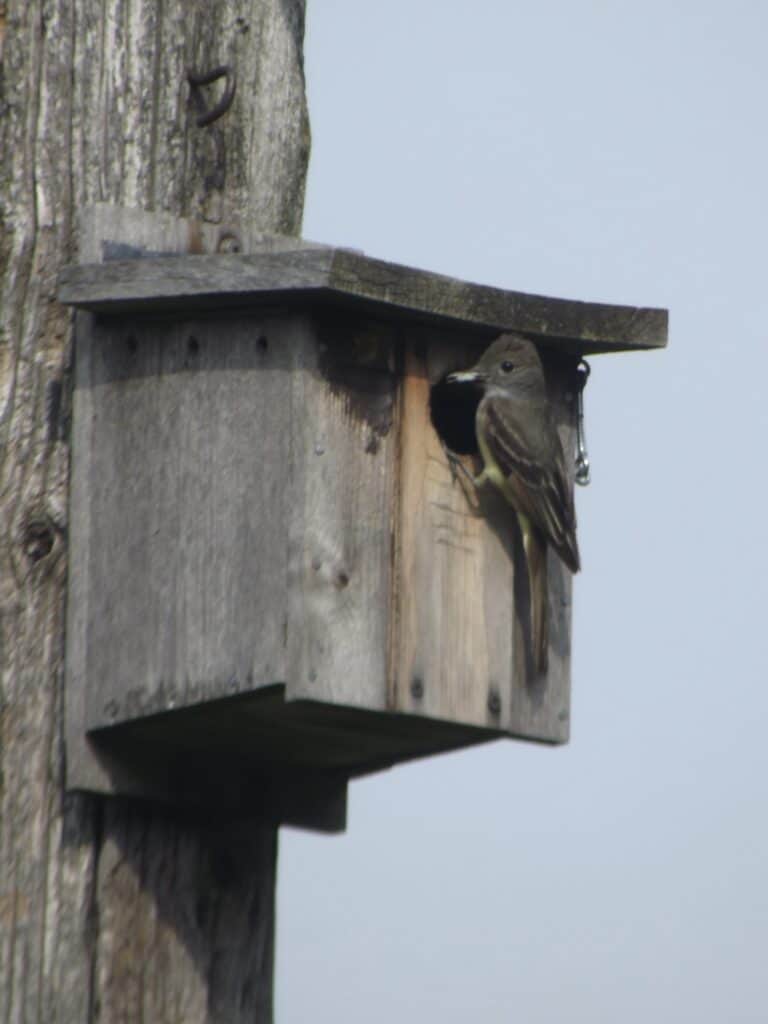
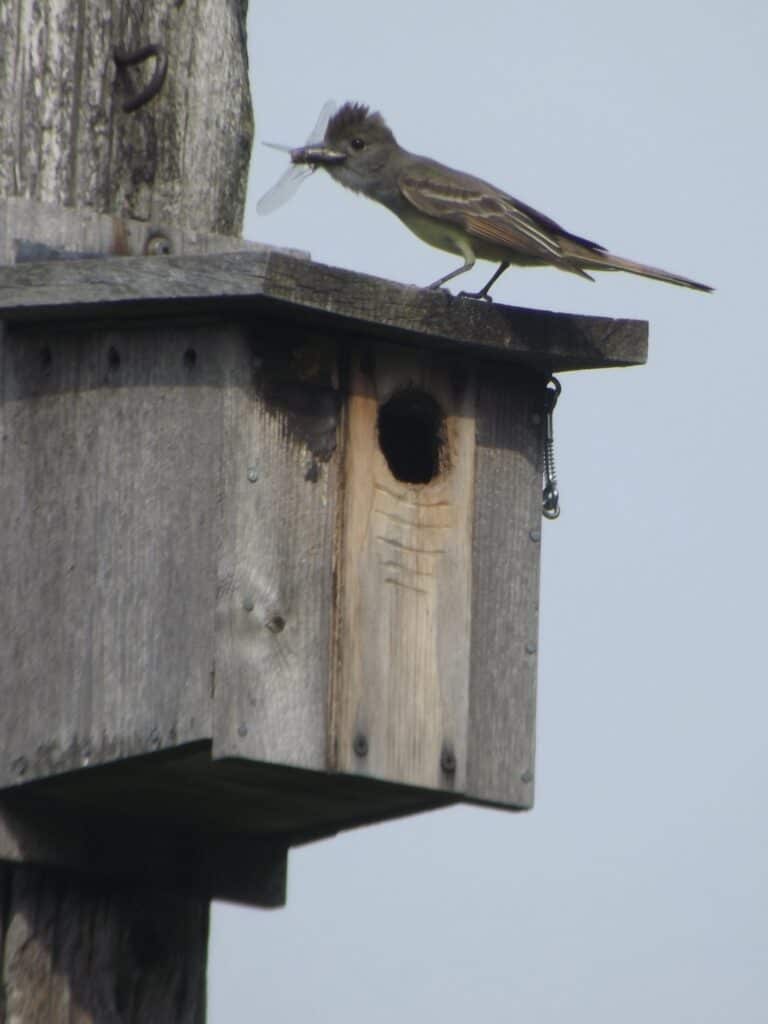
As of July 2, there have been very few Monarch butterfly sightings in Peterborough County that I’m aware of. They include one at the Peterborough Golf and Country Club; one on Princess St. in Peterborough; one on Birchview Rd. on Clear Lake; several in Bridgenorth; one near Keene (see June sightings of note) and a “bunch” of Monarch caterpillars on milkweed in Buckhorn. In a normal year, we should have been seeing them regularly as of late June. I have not heard any specific reasons why numbers are so low, other than a low overwintering population this year in Mexico (2.21 hectares which was 22% lower than the previous year). Don Sutherland wrote: “I hadn’t seen any until Sunday, June 25th, when I saw a fresh one along the Black River Rd in City of Kawartha Lakes. I saw two along this same road earlier this afternoon (June 30). I’ve been in the field almost every day in June and have covered a lot of ground in Peterborough, City of Kawartha Lakes, northern Durham and southern Haliburton counties/regions… Drew Monkman
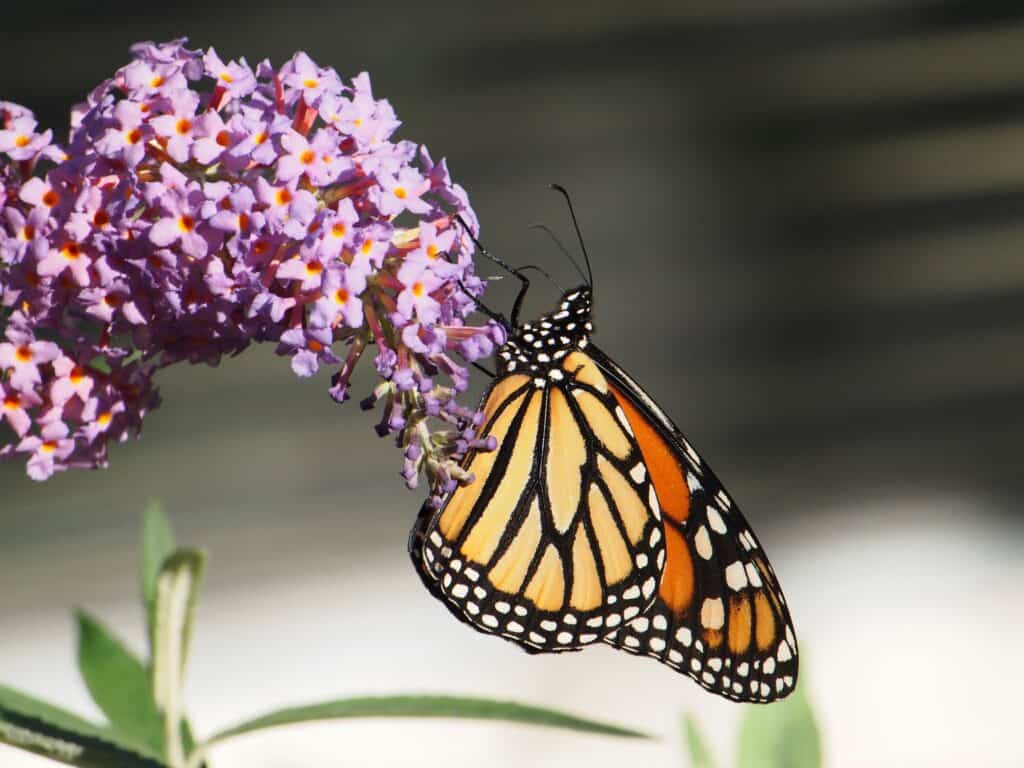
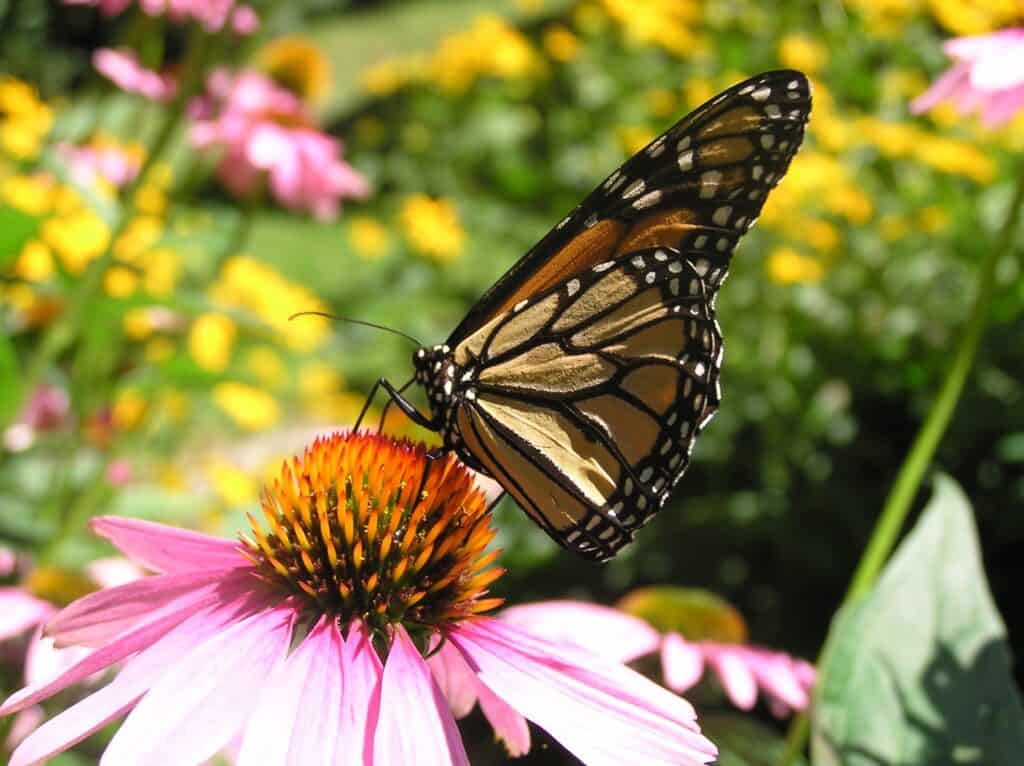
I saw this Northern Pearly-Eye butterfly on the rail trail just east of Atkinson Rd on Sunday, July 2, 2023, at approx 5 pm. Sherry Hambly, Peterborough
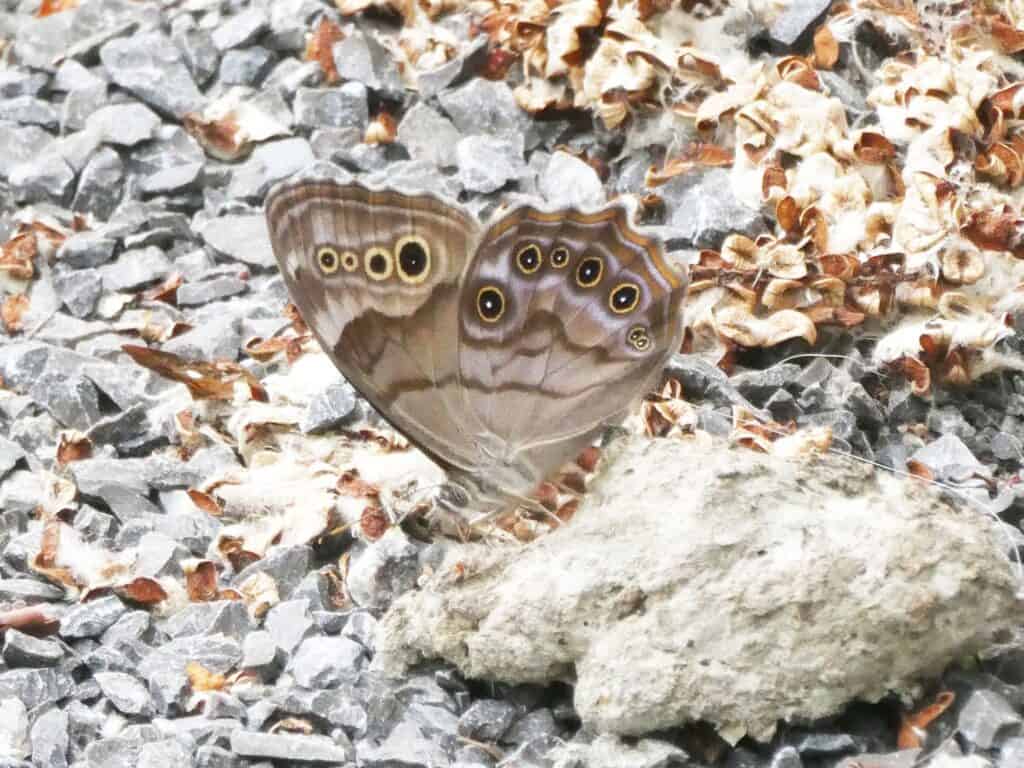
For the past 3 days a male Pileated Woodpecker has been coming. I was so excited when I saw him on my deck railing and man, that beak can destroy a suet cake in no time! Sandra Poytress, Orange Corners
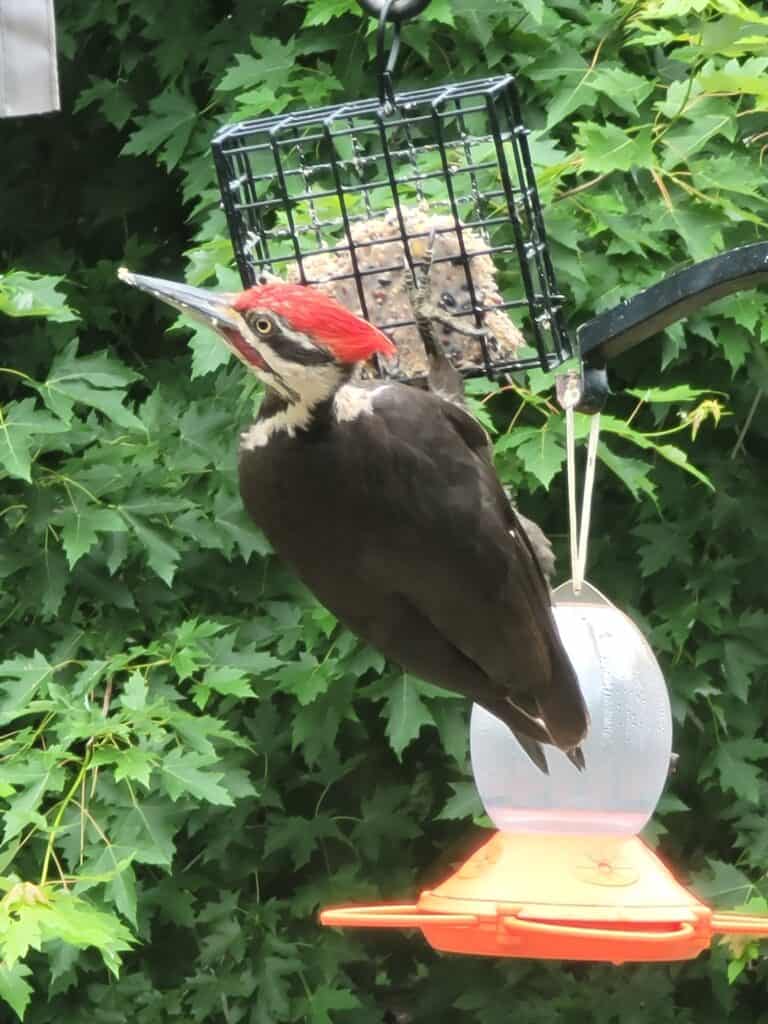
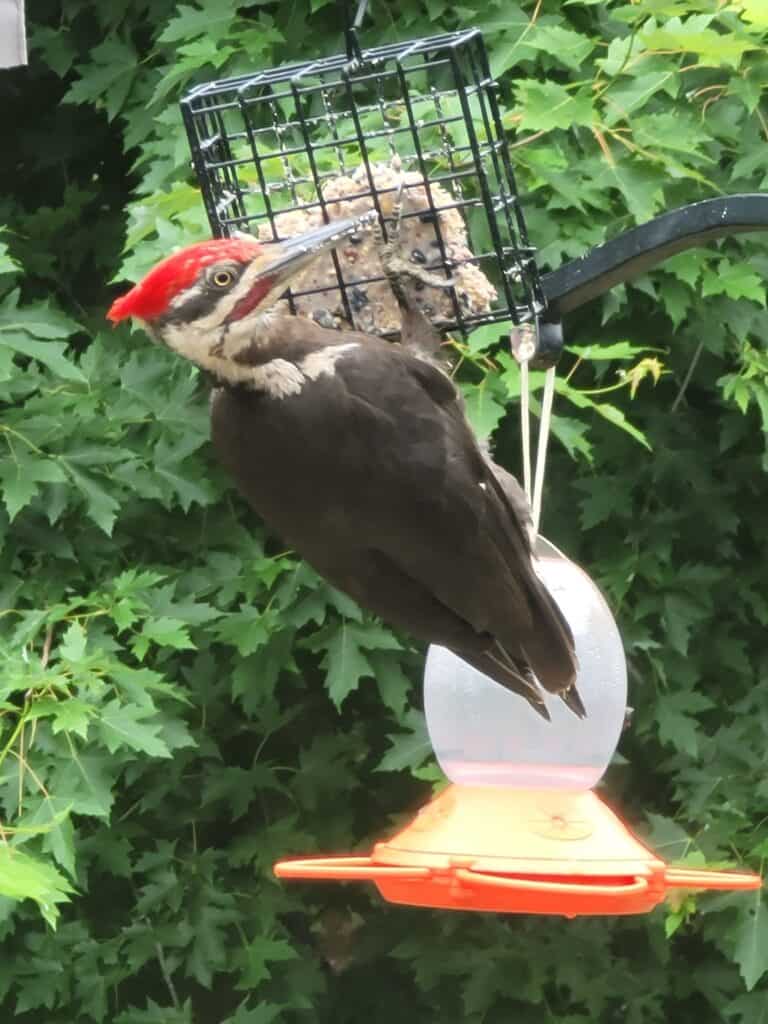
I walked the Red Trail (Stoney Lake Trails) on the Cowan property yesterday. Merlin Sound ID picked up a Red-headed Woodpecker in two separate locations. Rob Welsh, Stoney Lake
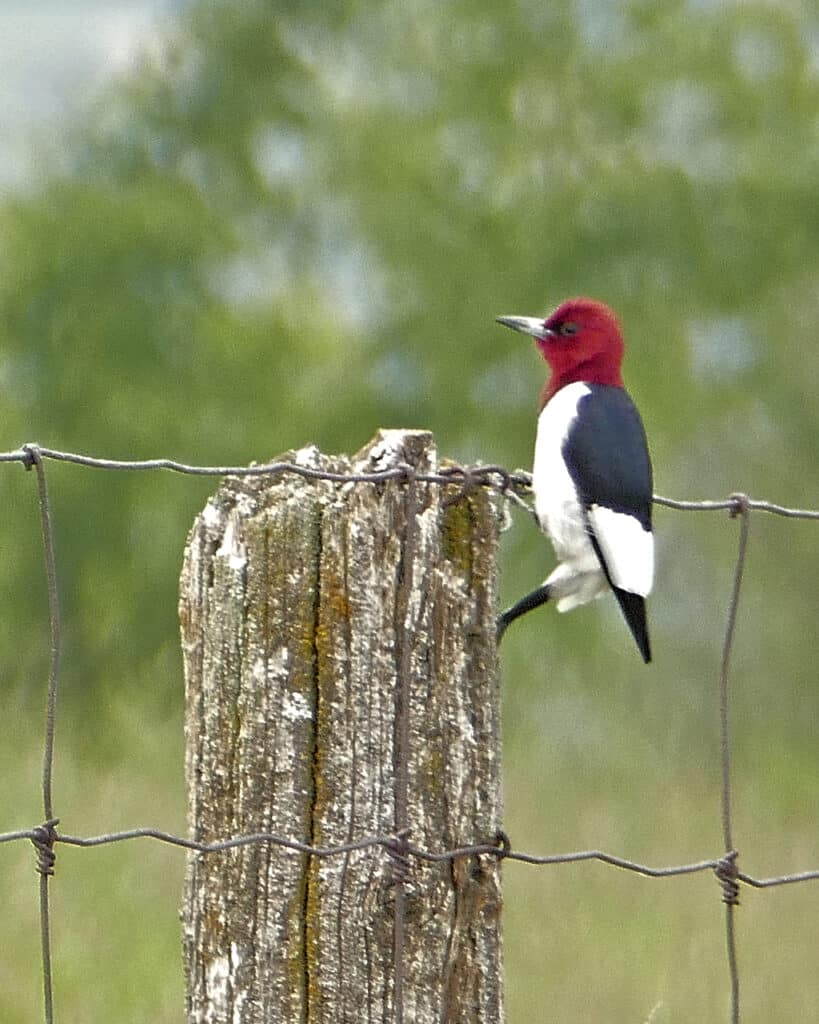
Today, July 9, I read your note on the July sightings. We have been experiencing the same phenomenon…almost no Hummers at the feeders. Ed tends 9 feeders in our backyard and it’s quite a job. He runs through his sugar water at an incredible rate .. except this year. We saw almost no birds at all for quite a while. A few are back now, but usually the traffic is almost unbelievable and the scrabbling and fighting which goes on certainly entertains our guests…some of whom come here purely for the bird show. And all this on a property in which Day Lilies are the sole flowers. I’ll let you know if and when it picks up. Darienne McAuley, Cavan
Update: Until July 20, we still had only a few hummingbirds around…and then yesterday, Friday, out of the blue, suddenly they were back with a vengeance. All day the fights went on and on at the 9 feeders. It was almost chaotic out behind the house with the diving and swooping and so on. So all is back to normal at the McAuley’s Hummer Oasis. Darienne
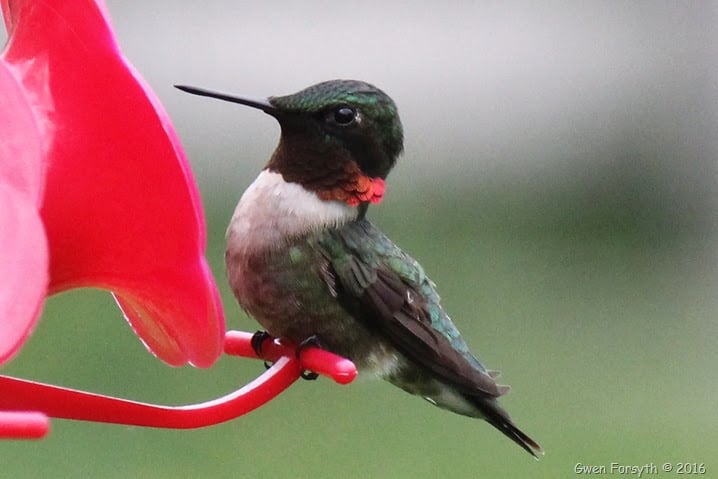
I am at our cottage on Lake Shabomeka (near Kaladar) and there’s a Common Loon on the lake with a white patch on its head. I am including a picture (taken today July 12th), although it is not crystal clear. Could this be leucism or a possible scar? Tracey Murfin
Note: I’m not sure, Tracey, but to me it looks like a scar. Loons are aggressive birds and sometimes (often?) end up in territorial fights with other loons. It’s common for a loon to forcefully attempt to take over another individuals territory. Drew
